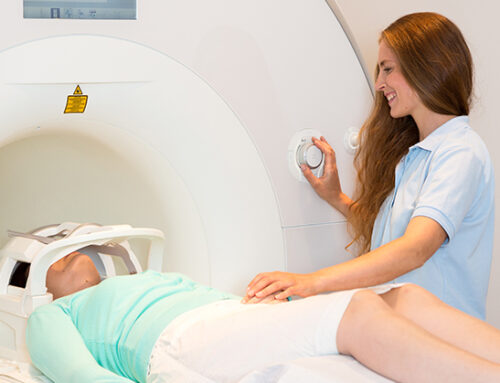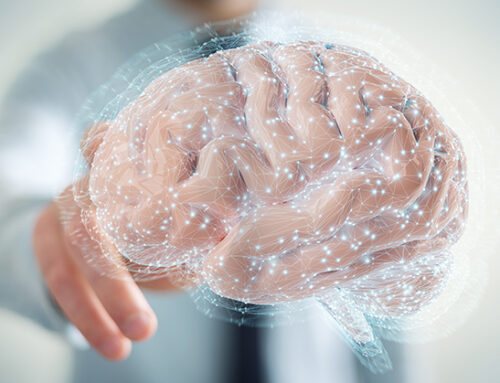Inflammation is a major factor in the development of Alzheimer’s disease.
Instead of being a short-term protective response initiated by the immune system to ward off pathogens, inflammation can turn into a long-term harmful response that provokes structural damage and cell death.
But how exactly does persistent inflammation lead to dementia? The precise mechanism has been difficult to determine – until now.
Late last year scientists from Germany published research showing that brain inflammation centers around certain immune cells called microglia.
Microglia are the brain’s primary defenders against pathogens, and they help dispose of metabolic waste, protein clusters and damaged cells. They’ve been called the brain’s garbage collectors.
But under conditions of chronic inflammation they get hyperactive, setting off processes that harm neurons and their support structures.
The Mechanism that Leads to Brain Damage
In a series of experiments in both cultured cells and mice specially bred to develop Alzheimer’s, scientists from the University of Bonn found that when the microglia are activated by inflammation, they release a large protein called ASC specks.
These attach rapidly to amyloid beta protein, one of the main hallmarks of Alzheimer’s disease. This binding promotes the growth and clumping of amyloid to form the plaques which choke brain cells.
This study directly links activation of the innate immune system with progression of Alzheimer’s pathology.
Disease Progression Halted
When an antibody was used to stop ASC specks from binding to amyloid, formation of the protein was suppressed and mice were better able to learn and remember.
In autopsies, ASC specks were found in the plaque cores of both mice and humans with Alzheimer’s.
The team’s lead researcher, Professor Michael Heneka, said that “analysis of human brain material indicates at several levels that inflammation and amyloid beta pathology may interact in a similar fashion in humans.
“Together our findings suggest that brain inflammation is not just a bystander phenomenon but a strong contributor to disease progression.
“Deposition and spreading of amyloid beta pathology likely precedes the appearance of clinical symptoms such as memory problems by decades.”
Targeting the Inflammasome
Previous work by the same research group published in 2013 established that a protein called NALP3 found in the microglia is activated in Alzheimer’s patients. In rodent models it contributed to disease progression.
NALP3 is known as an inflammasome because it triggers inflammatory processes. When activated it signals the release of ASC specks.
The relevance of this finding remained a mystery until the current study which concluded that, “…inflammasome activation is connected to seeding and spreading of amyloid beta pathology in patients with Alzheimer’s disease.”
Prof. Heneka believes that targeting the inflammasome with a drug “could represent a novel treatment for Alzheimer’s.”
The study was very well received by the scientific community.
Professor Richard Ransohoff from Harvard Medical School said “it is heartening and invigorating to have a newly discovered mechanism to consider in the quest to treat Alzheimer’s.”
Lary C. Walker, Associate Professor of Neurology at Emory University, Atlanta commented: “Inflammation is a tough nut to crack. It’s one word but many different processes. If there’s a particular component that could be targeted for Alzheimer’s, that would be great – and this study hints at it.”
Make Use of This Finding to Save Your Brain
Although Professor Heneka thinks an anti-inflammatory drug based on his findings could be tested in people in as little as five years, there’s no need to wait that long to lower inflammation. There’s plenty you can do right now.
The underlying causes of inflammation in the body and brain can be corrected by dealing with unhealthy eating habits; resolving chronic infections and poor oral hygiene; consuming anti-inflammatory foods and spices like green leafy vegetables, broccoli, beets, turmeric, ginger, cinnamon and cloves, and taking supplements such as omega 3, curcumin, boswellia, and bromelain or other proteolytic enzymes.







